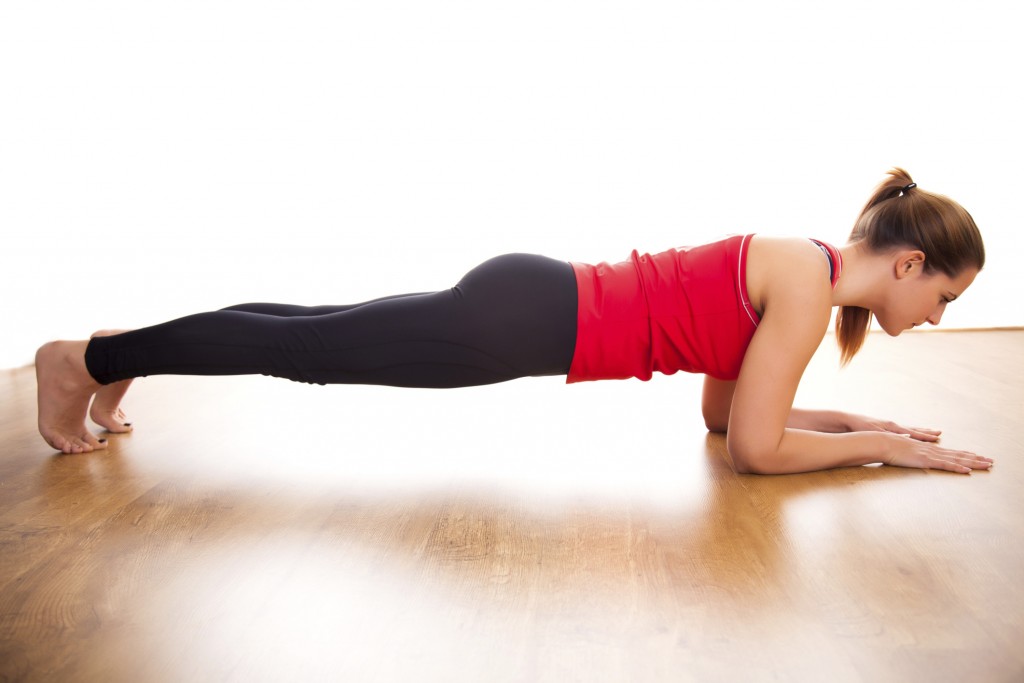Engage Your Core (4 Easy Steps)
If you’re into fitness at all (and even if you’re not) you’ve probably heard these buzz-worthy phrases a lot:
“Engage Your Core!”
“Build a Strong Core”
The two typically go hand-in-hand, referencing the former as a necessity to the latter.
All things “core” seem to be associated with an aesthetically pleasing midsection, washboard abs, and bikini body. But the “core” is so much more complex than what meets the eye.
And, besides, what does it actually mean to engage the core?
Most people end up just sucking in their stomachs in an awkward, uncomfortable, and not-aesthetically-pleasing way.
The core involves the many muscles of the whole torso, hips, and thighs. The integration of all these muscles into a unified energetic and supportive force is quite different than a sucked in tummy.
Engaging the core is really all about supporting the pelvis and spine during isometric or dynamic movement patterns.
In Yoga, holding the spine in a stable, well-aligned position allows for foundation poses such as Tadasana, Plank, and Warrior 2 to become transformative, powerful postures. These same components are also found in weight lifting – squats, lunges, push ups, overhead presses and everything else require the stability and alignment principles necessary for maximum safety and mobility during all movement patterns …and that comes from knowing how to properly engage the muscles .
The goal when cueing “engage the core” is to trigger the body to do a multitude of specific activities to create stability in the hips, pelvis, and lumbar region. Thus, yielding a functionally “strong—and, yes, aesthetically pleasing—core”.
The details can be extensive, but fortunately for you, I have simplified them.
Follow these 4 steps to proper core engagement before you perform the pose, exercise, or activity (you can even practice this during house chores!)
Initially, I have found that proper core engagement is easier to access when lying on your back, knees bent, and feet either flat on the floor or propped up on a pillow or chair. Take a big inhale allowing belly and ribs to expand. On an exhale do these 4 steps:
1. Close ribcage in around spine, knitting upper torso in.
2. Compress belly button and spine into each other.
3. Tilt pelvis so that tailbone lengthens toward knees and low belly draws in.
4. Pull pelvic floor muscles in and up toward navel. (FYI: These are the muscles that help you stop urinating)
Once you have mastered all 4 steps lying down, you will be ready to employ truly supportive and well-aligned core engagement in all your activities. Like strings on a puppet you will control the inner workings of your musculature and a new understanding of “functional” exercise will come alive.
You’ll improve not only your core, but also your overall strength. You’ll reduce any pain you may struggle with, and be able to perform exercises you thought were “too hard” for you.
Begin with simple, stationary poses like Tadasana or Plank. Employ each of the 4 steps to get connected then play with keeping or even deepening that connection while you move into other, more dynamic postures.
You will be amazed at how your strength will jettison your workouts to new heights right along with your physical transformation goals.
In Love & Gratitude,

Missi Holt

